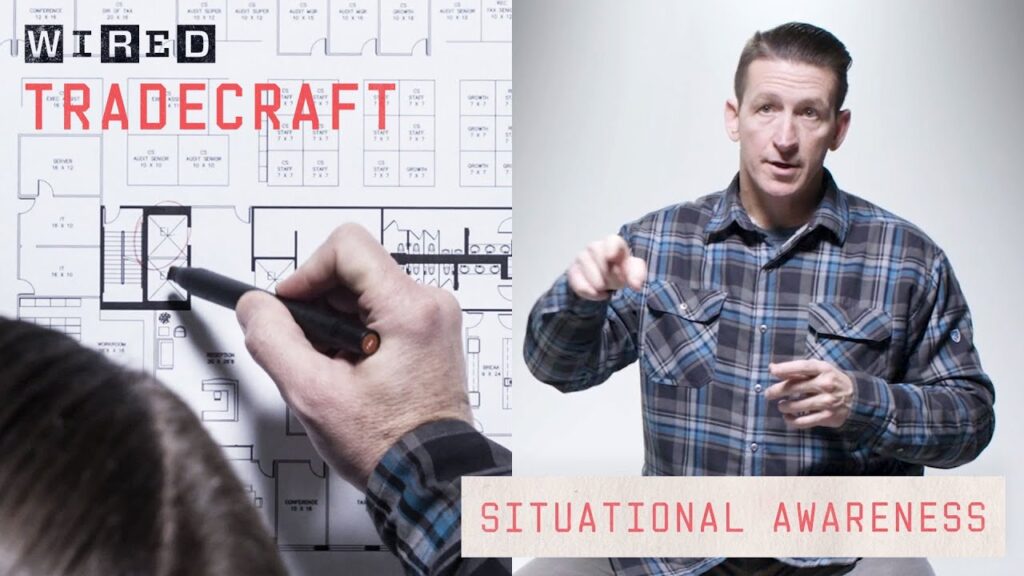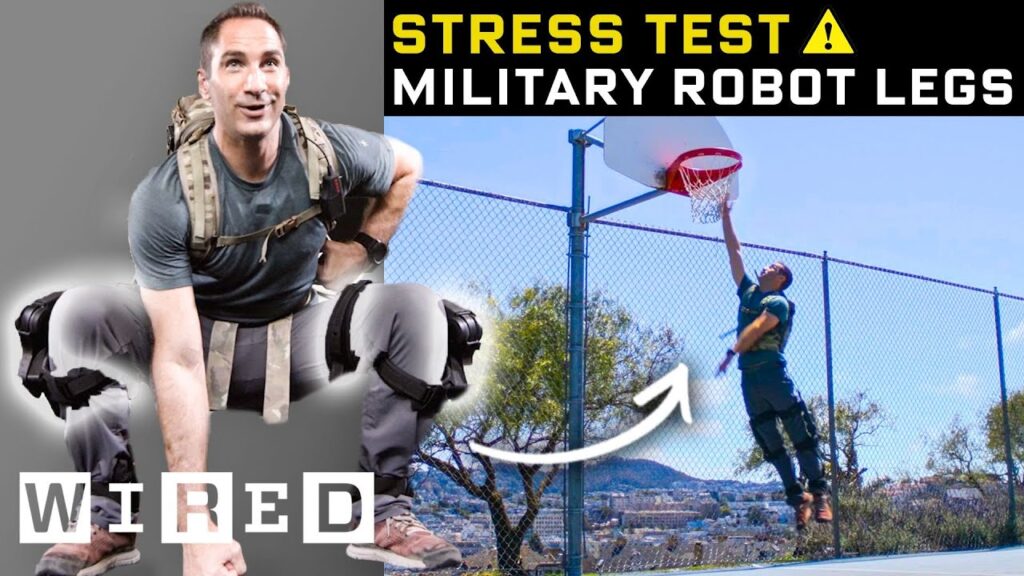Tactical Mobility: Essential Driving Skills for High-Risk Environments
Summary
This article is a Q&A session with Wyatt Knox, the Special Projects Director at the Team O’Neill Rally School, who has a wealth of experience in instructing and preparing personnel for driving in high-risk environments, both in the US and internationally. Knox shares insights on different driving techniques, car preparation, and the importance of having good driving skills to handle potential threats while driving.
Table of Contents
- Preparing for Tactical Mobility: Car Setup and Approach
- Driving Techniques: J-turns, Pit Maneuvers, and High-Speed Backing
- Developing Car Control: Weight Control, Skidding, and Sliding
- Essential Skills for High-Risk Driving: Moving Obstacles and Driver-Down Drill
- Conclusion
Introduction
Driving skills are often taken for granted, especially in everyday driving situations. However, in high-risk environments, good driving skills are essential to stay safe and complete a mission. In this article, we speak to Wyatt Knox, the Special Projects Director at the Team O’Neill Rally School, who shares his insights on the importance of tactical mobility and the different skills needed for driving in high-risk situations.
Q&A
Preparing for Tactical Mobility: Car Setup and Approach
Q: What is tactical mobility, and why is it important?
A: Tactical mobility is essentially excellent car control, being able to handle your vehicle and respond to potential threats. It’s crucial because driving is often the primary method of transportation in high-risk areas, and a skilled driver can respond quickly and effectively to any potential threats.
Q: What kind of car setup do you recommend for tactical mobility training?
A: We use an older Ford Crown Victoria with big steel bumpers for training, as this kind of car can take a lot of punishment and keep going. We also install snow tires for the winter months as these offer superior traction over regular tires. In general, we prefer older vehicles without ABS and traction control, as these can be easily disabled, allowing the driver to have more control over the vehicle.
Q: What kind of approach do you take when dealing with unfamiliar vehicles?
A: We have a checklist that we go through when approaching an unfamiliar vehicle. Firstly, we check the tire condition and pressure as this can impact the vehicle’s performance. We also check for anything unusual, such as any modifications or signs of previous damage. It’s also important to assess the driver or occupants’ behavior as this can indicate if there may be any potential threats.
Driving Techniques: J-turns, Pit Maneuvers, and High-Speed Backing
Q: Can you explain the J-turn technique?
A: The J-turn is a maneuver that allows the driver to reverse direction quickly. It’s not commonly used operationally overseas, but it’s a useful technique to have in your driving repertoire, especially in an emergency situation.
Q: What is the pit maneuver technique, and how is it useful?
A: The pit maneuver is a technique used in pursuit situations to make a vehicle spin out without causing significant damage. It’s a high-risk maneuver and should only be used in situations where it’s necessary to stop a fleeing vehicle.
Q: What is high-speed backing, and when is it useful?
A: High-speed backing is a technique that involves reversing at high speeds. It’s useful in urban environments where there may be limited space to turn around or escape. This technique requires a lot of practice to master as it can be dangerous if not done correctly.
Developing Car Control: Weight Control, Skidding, and Sliding
Q: What is the driver’s role in weight control, and how can it impact the vehicle’s performance?
A: The driver plays a crucial role in weight control as they need to ensure the vehicle remains balanced when changing direction or going over bumps. In high-risk environments, where the terrain may be unstable, good weight control can make a significant difference in the car’s performance.
Q: How can skidding and sliding be used to improve vehicle handling?
A: Skidding and sliding can be used to improve vehicle handling as they allow the driver to have more control over the vehicle’s movement. These techniques require a lot of practice to master, and it’s important only to use them in appropriate situations.
Essential Skills for High-Risk Driving: Moving Obstacles and Driver-Down Drill
Q: What are some techniques for moving other objects or vehicles out of the way?
A: One technique is to use the front bumper to nudge an object or vehicle out of the way. Another technique is to use the PIT maneuver to stop a vehicle and move it out of the way. It’s important to only use these techniques in situations where it’s necessary and to avoid causing any significant damage.
Q: What is the driver-down drill, and why is it important?
A: The driver-down drill is a technique where a passenger takes control of the vehicle if the driver becomes incapacitated. It’s a crucial skill to have in high-risk environments, where the driver may be at greater risk of being injured or incapacitated.
Conclusion
In high-risk environments, having good driving skills can be the difference between life and death. The Team O’Neill Rally School’s Special Projects Director, Wyatt Knox, emphasizes the importance of tactical mobility, good car preparation, and developing car control. Driving techniques such as J-turns, pit maneuvers, and high-speed backing can be useful in emergency situations. Skidding and sliding can also be used to improve vehicle handling. Other essential skills include moving obstacles out of the way safely and the driver-down drill technique. It’s crucial to practice these techniques in a safe and controlled environment to ensure you have the skills needed to stay safe in high-risk environments.







